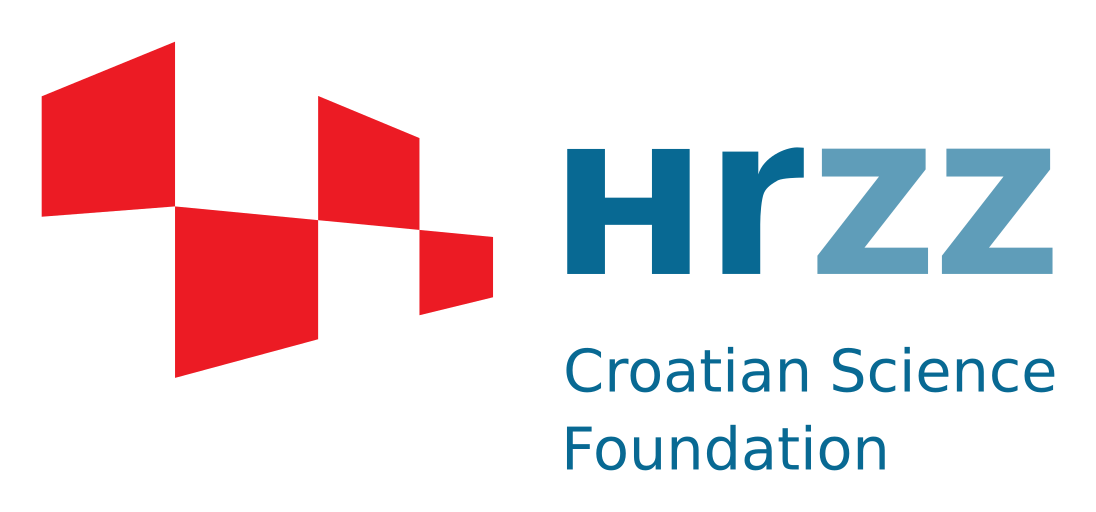Project title: Robust Structured Light Coding for 3D Imaging in Difficult Conditions
Short name/Acronym: 3D-CODING
Principal investigator: Tomislav Petković
Duration: 2020.02.01. - 2024.01.31.
Contract number: IP-2019-04-9157
Project value: 955.500,00 HRK
Science area: technological sciences
Scientific field: electrical engineering, computer sciences
Institution: University of Zagreb Faculty of Electrical Engineering and Computing
Keywords: structured light, coding functions, projector calibration, underwater 3D scanning, computational imaging
Project summary:
Surface 3D scanning using structured light (SL) has numerous applications including among others industrial metrology, human body scanning, documenting cultural heritage and robot sensing. In SL scanning an active light source illuminates an object using a specific pattern which is observed by a camera. Decoding the observed pattern enables surface profile recovery via triangulation. The key to the successful 3D scanning is the selected SL pattern and the associated coding function. Most of the existing SL scanners, both commercial and scientific, are limited to 3D surface imaging in controlled environments such as dark rooms where interferences and other unwanted effects are negligible. To mitigate current limitations and to bring the 3D scanner outside of the lab novel SL patterns and associated novel coding functions must be designed. This research goal is summarized by the following quite difficult question: “What are the optimal coding functions?”. The aim of this project is to produce both theoretical and applied contribution which will bring us closer to answering this question. In this project robust coding functions for 3D surface imaging in difficult conditions will be investigated. The difficult conditions which will be considered include global interference in the form of direct sunlight and the problem of SL imaging in scattering media which is best investigated in an underwater scanning scenario including both clear and turbid water. The expected theoretical contribution is multi-scope as it falls at the intersection of signal processing, computer vision and optics and concerns the design of robust coding functions for 3D imaging. The expected applied contribution is a working system for 3D scanning in the open and underwater whose operation is experimentally verified.


 Pristupačnost
Pristupačnost